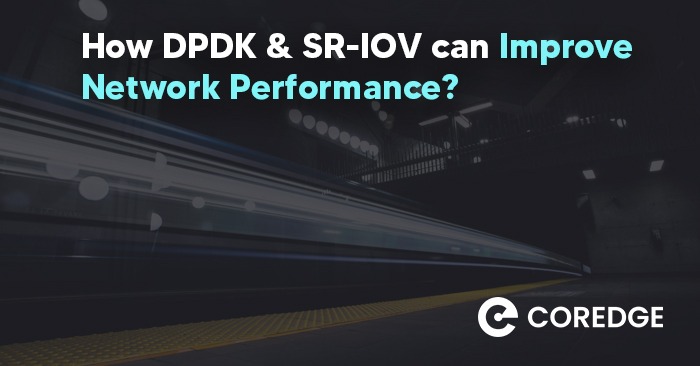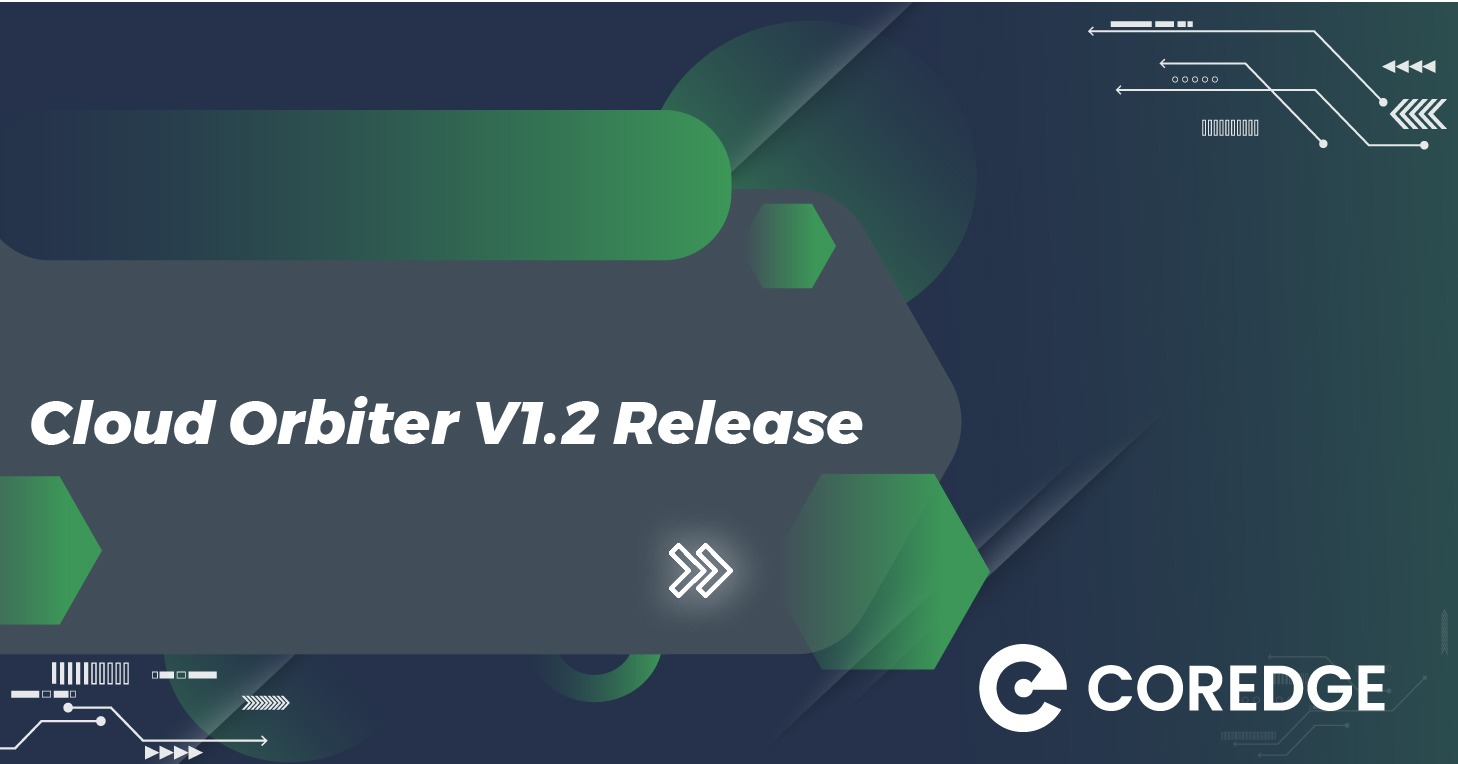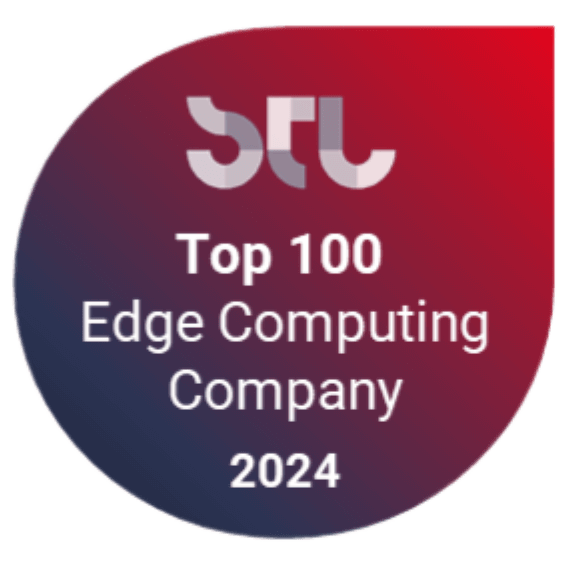How DPDK & SR-IOV can Improve Network Performance?
Coredge Marketing
January 13, 2022

Typically, all businesses have network devices like Wifi and Routers, and the need for better network performance and latency recommend is critical for business customers. So, the network service providers build their infrastructure with big monolithic black-box devices, known as physical network functions (PNFs). Envision a scenario; if you are standing at a customer’s premises and need a router, you need to build a specific router with software in it. This process is time-consuming, costly, and non-scalable.
But with the support of OpenStack communities and Linux Foundation, network virtualization becomes possible. Network functions have been virtualized to virtual network functions in the virtualization world. The real need for high network performance is for VNFs that would run on the cloud and save huge costs on infrastructure and storage space.
You must use a certain methodology that can improve network performance and further processing. You can use DPDK (Data Plane Development Kit) and SR-IOV (Single Route Input/Output Virtualization) to improve network performance and reduce costs too!
Let’s explore more about DPDK and SR-IOV:
DPDK is developed by an open-source community! It is a set of data software libraries and drivers that assist in fast-packet processing through routing packets around the OS Kernels and reducing CPU cycles required for sending and receiving packets. Additionally, this can facilitate the rapid expansion of high-speed data packet networking applications. It has the capability to enable efficacious computing than the specific interrupt processing available in the Kernel.
Its library contains a queue manager, huge page memory, multicore framework, poll mode drivers, flow classification engine, and so forth for improving network functions. The poll mode helps in performing essential interrupt mitigation, which is quite critical to improving the app performance using SR-IOV.
SR-IOV is an exceptional choice for “virtualization” or implementing stand-alone virtualized appliance(s). SR-IOV has roots in Peripheral Component Interconnect Special Interest Group. SR-IOV provides certain definitions to the Peripheral Component Interconnect – PCI Express specification so that they can allow virtual machines to share PCI hardware solutions.
The advent of SR-IOV makes it easy to implement network virtualization in the PCI bus itself. I/O virtualization options are strictly software-based, With VMM (virtual machine monitor) permanently existing on the path between the physical NIC and the virtual NIC interlinked with the virtual machine itself. This means a single PCIe device or physical function can appear as multiple separate PCIe devices or virtual functions with the necessary resource arbitration occurring in the device itself.
The SR-IOV capable device offers various configurable independent Virtual Functions having its own PCI configuration space. The Hypervisor assigns one or more Virtual Functions to the virtual machine by mapping the actual configuration space of VF to configuration spaces that have been offered to VM by VMM. In single, Route-Input/Output Virtualization enabled NIC, each MAC and IP address of virtual function can be configured, and packet switching would have occurred.
Diving deep into network performance by SR-IOV, you should know that SR-IOV Ethernet data pass-through from guest virtual machines to hardware. As the Ethernet data is directly passing from guest virtual machines to the physical memory space or adapters, it helps in maintaining the speed of the network.
If you have any doubts, feel free to reach out to us. Coredge.io will help you clear up your doubts and try to give you possible solutions for it.
Write to us at talktous@coredge.io





